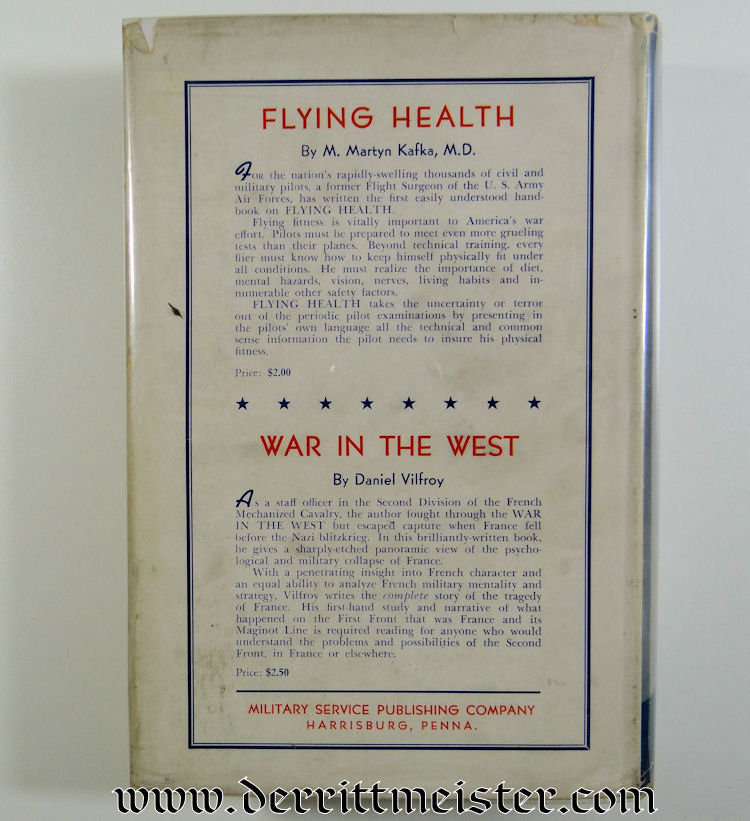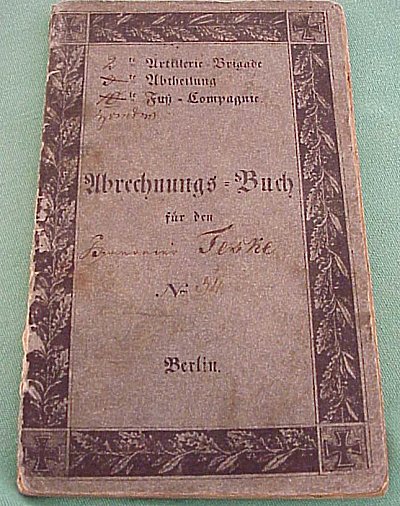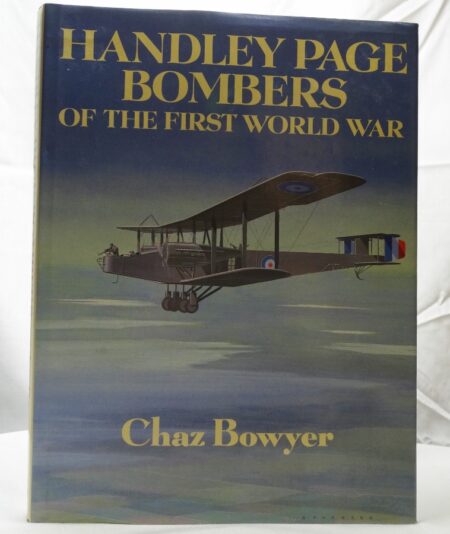Description
This is a second-edition of this book’s first volume, and was published in 1942. It is an English-language book and comes complete with a dust jacket. Mr. Cuneo deals with the early days of German aviation from 1870 to 1914. During the U.S. Civil War, observers from many nations came to see what developments the U.S. had employed in the art of warfare. The Germans had numerous observers here. They saw many major developments, which included those listed below.
1) The use of railroads to move troops and supplies rapidly to where they were needed.
2) The use of telegraphs to aid in command and control at the front, and to communicate with
commanders about what was happening and what was expected from them, as well as to
request men and material for the front.
3) The use of observation balloons at the front.
The Prussians learned their lessons well, the first two developments listed above to great effect in routing the French Army during the 1870-1871 Franco-Prussian War. Observation balloons were used in the latter war, but were not nearly as important as in WW I. One of the German observers in the U.S. was none other than the young Ferdinand Graf von Zeppelin (1838-1917). His view of balloons led to his creation of the first zeppelin in 1900. As the years grew closer to WW I, both balloons and zeppelins took to the skies, as did fixed-wing aircraft. In this book airplanes did not yet take a major role, as neither the single-seater fighters nor the machine-gun-mounted aircraft had yet come into play. The book is illustrated with many drawings. It is most interesting.








